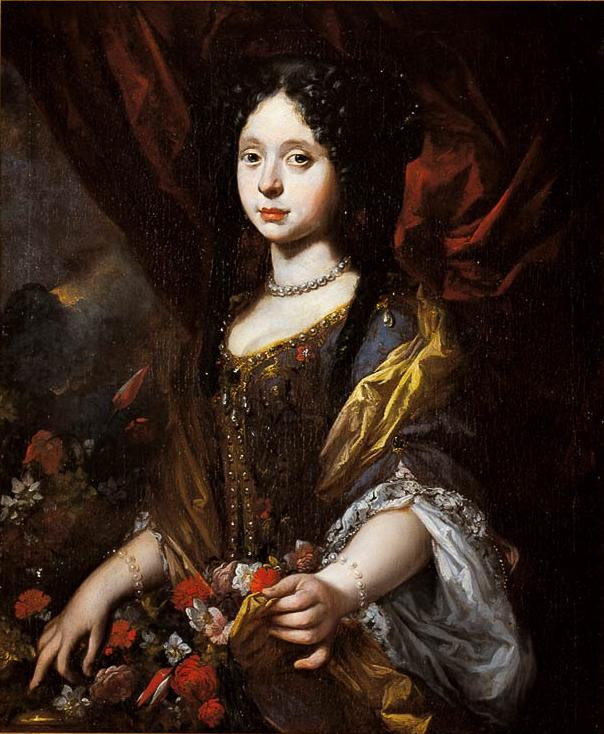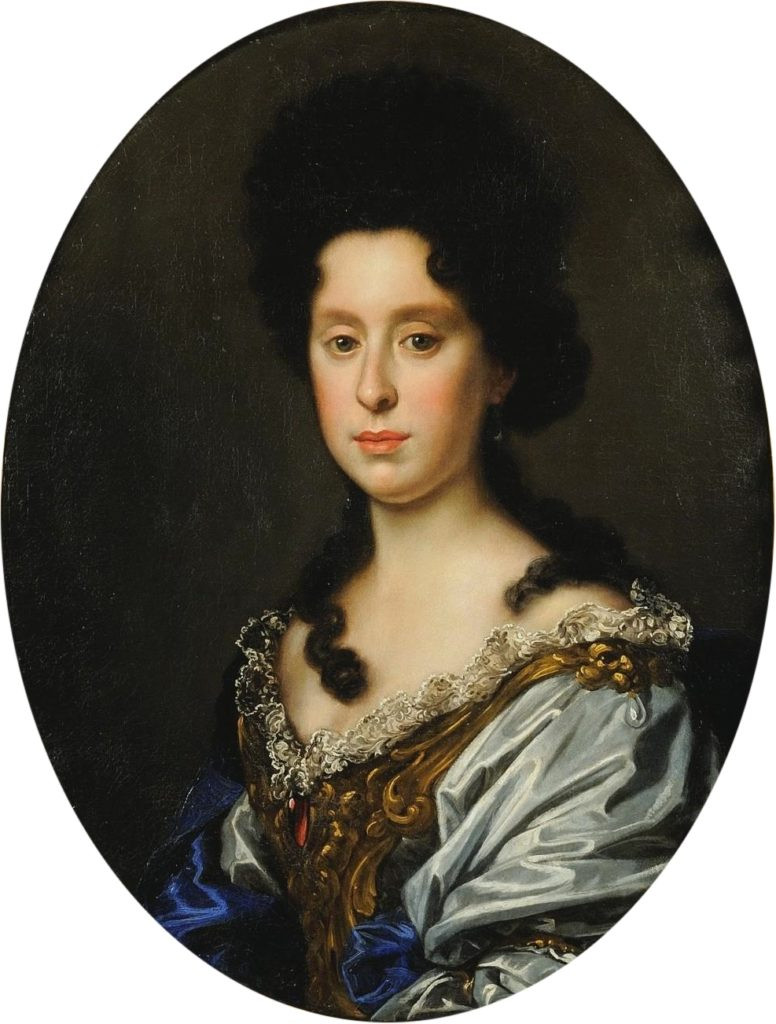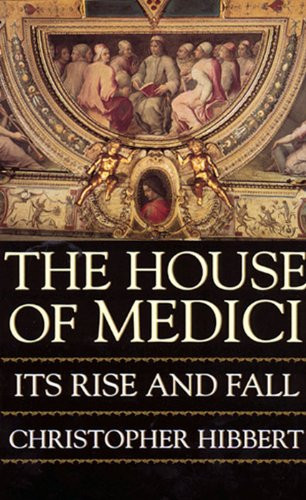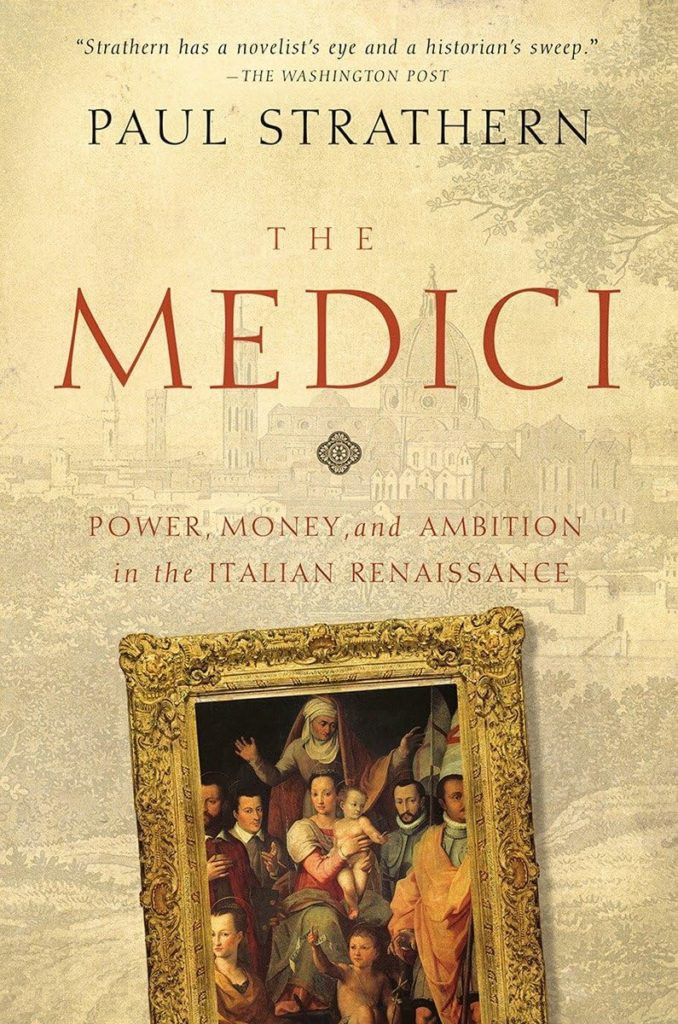While the direct lineage of the Medici family may have ended centuries ago, their indelible impact on Florence and the world resonates powerfully even today. Often remembered through figures like Cosimo the Elder, Lorenzo the Magnificent, and a succession of powerful Dukes and Grand Dukes, the Medici family’s story is not just one of historical significance, but one that continues to shape the cultural landscape we experience now. To understand the Medici Family Today, we must look beyond a living family tree and explore their enduring legacy, particularly through the remarkable actions of their last descendant, Anna Maria Luisa de’ Medici.
 Young Anna Maria Luisa de Medici, the last Medici family member, portrait by Antonio Franchi.
Young Anna Maria Luisa de Medici, the last Medici family member, portrait by Antonio Franchi.
Anna Maria Luisa de’ Medici, born in Florence in 1667, was indeed the final member of this influential dynasty. Daughter of Cosimo III de Medici and Marguerite Louise d’Orleans, her early life was steeped in the grandeur and complexities of Medici court life. Raised by her grandmother, Vittoria della Rovere, alongside her brothers, Anna Maria Luisa received an education befitting her noble status, nurturing a deep appreciation for music, theatre, and the arts. Despite an arranged marriage to Johann Wilhelm II, Elector Palatine, which took her to Dusseldorf for many years and proved childless, her heart and legacy remained firmly rooted in Florence.
Upon her return to Florence as a widow in 1716, the stark reality of her family’s impending extinction became undeniable. Her brothers, Ferdinando and Gian Gastone, produced no heirs, sealing the fate of the direct Medici line. While this could have marked the end of their influence, Anna Maria Luisa’s actions ensured a different kind of immortality for her family.
 Portrait of Anna Maria Luisa de Medici as the last Medici in Florence, painted in 1690.
Portrait of Anna Maria Luisa de Medici as the last Medici in Florence, painted in 1690.
Recognizing that the Grand Duchy of Tuscany would pass to the House of Habsburg-Lorraine after her brother Gian Gastone’s death, Anna Maria Luisa demonstrated extraordinary foresight and love for her city. In 1737, she negotiated the Family Pact, a legally binding agreement that stands as her most significant contribution and the cornerstone of the Medici family’s relevance “today.” This pact stipulated that the vast Medici art collections and cultural treasures – including paintings, sculptures, palaces, libraries, and gardens – could not be removed from Florence. They were to remain in perpetuity, “for the benefit of the public, of foreigners, and to encourage the development of science and fine arts.”
This act of profound cultural stewardship is why the Medici family, through Anna Maria Luisa, is so vividly present in Florence today. Walk through the city, and you are surrounded by their legacy. The Uffizi Gallery, Pitti Palace, Palazzo Vecchio, Boboli Gardens, and Medici Chapels – these are not just historical monuments; they are living testaments to the Medici patronage and Anna Maria Luisa’s wisdom. Her Family Pact transformed Florence into an unparalleled open-air museum, drawing millions of visitors annually to admire the art and architecture she so fiercely protected.
 Anna Maria Luisa de Medici mourning her husband, a painting depicting her life.
Anna Maria Luisa de Medici mourning her husband, a painting depicting her life.
The spirit of Anna Maria Luisa and the Medici family is palpable throughout Florence. Every year on February 18th, the anniversary of her death, Florence commemorates her contribution with a ceremony at the Medici Chapels, and often opens museums for free – a gesture that honors her commitment to public access to art. Her portrait greets visitors at the Uffizi Gallery entrance, a symbolic welcome from the woman who ensured its transformation into a public museum.
 Anna Maria Luisa de Medici as Electress Palatine, showcasing her royal title.
Anna Maria Luisa de Medici as Electress Palatine, showcasing her royal title.
So, while there is no “Medici family today” in terms of direct descendants wielding power, their influence is undeniably present. The “Medici family today” exists in the countless masterpieces that fill Florentine museums, in the architectural grandeur of the city, and in the vibrant cultural tourism that sustains Florence. It is a legacy etched in stone and painted on canvases, a living inheritance gifted to the world by a family whose last member ensured their artistic soul would endure for centuries to come. Visiting Florence is, in essence, experiencing the Medici family today, walking in their footsteps and marveling at the treasures they left behind.


